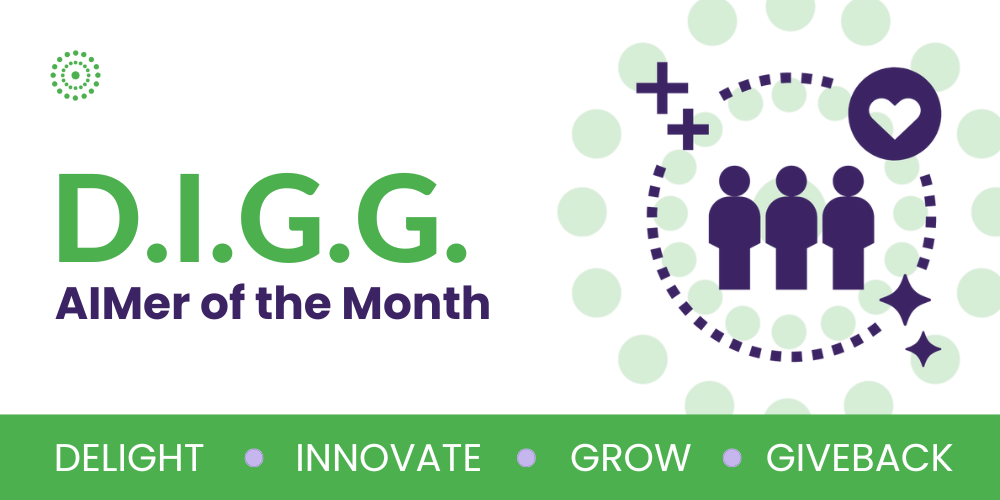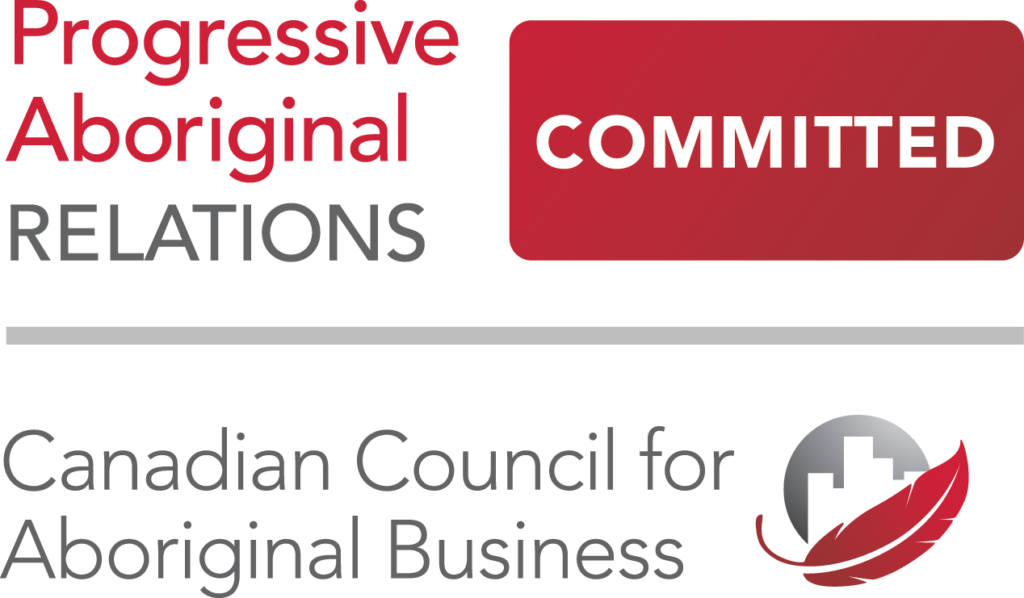Affiliate marketing has the power to transform your brand. It offers unmatched transparency and provides detailed insights that other channels can’t deliver. Additionally, it drives conversions at a lower cost. However, like any strategy, its strength is only as strong as its weakest link.
Over time, partnerships that don’t provide real value start to creep in, and before you know it, your affiliate program is loaded with publishers that don’t truly drive growth—or worse, your brand might be paying them for the same leads more than once. It’s time to remove the bloat and focus on what really matters: performance, targeted reach, and ROI.
So, how do you optimize your affiliate program and keep things lean? Let’s break it down.
Take a Page from SEO’s Playbook: Partner with the Right Content Creators
SEO professionals are masters at identifying high-quality content partners. They know that real value comes from content that ranks well, speaks to niche audiences, and addresses specific keywords that drive intent. In affiliate marketing, the goal is similar: identify publishers who create engaging content that’s relevant to your audience’s purchasing journey.
Best practices in SEO suggest that by targeting niche, long-tail keywords, you can attract more qualified traffic. Apply this approach to your affiliate program by finding publishers who are already catering to your niche. Rather than partnering with generalist publishers who may not speak directly to your audience, hone in on those who are driving real engagement that reflects your audience’s behaviors that matter most to your business.
Not every publisher is created equal, and there’s a good chance a bloated program is paying out to affiliates who overlap with other partners. This means you’re essentially double-dipping on cost without seeing a proportional return or improvement in the purchasing experience. It’s time to streamline your strategy by prioritizing publishers who consistently rank for the keywords that attract your ideal niche audience and deliver tangible results.

Map the Customer Journey: Align Affiliates with the Purchasing Path
Keyword mapping isn’t just for SEO—it’s a critical strategy for affiliate program management as well. Start by identifying your key audiences through keyword research, grouping relevant keywords, and then building personas that match these audience groups. Once you have a clear understanding of who these people are and what their purchasing paths look like, it’s time to evaluate your affiliates.
Are your current affiliates aligned with your customer’s purchasing journey? If the answer is no, it’s time to shift gears. Look for gaps in your conversion funnel where affiliate partnerships could be driving more value. For instance, if you’re missing out on content partners who create comparison reviews or listicles for specific products, go after them. These publishers play a crucial role in the decision-making process and can be the difference between a lead that converts and one that doesn’t.
Additionally, make sure to remove inefficient publishers. If certain affiliates aren’t contributing to key parts of the funnel—or, if they’re taking credit for conversions where another partner did the heavy lifting—it’s time to act. Optimize your cost-per-acquisition (CPA) and invest those funds into partners who actually move the needle.
Find the Gaps: Target Trending Keywords and Audiences
The digital landscape is always evolving, and so are the keywords and topics your audience cares about. What are the trending keywords and niche audiences your affiliate program isn’t addressing yet? Perform regular keyword audits to discover emerging trends in your industry, and look at what your competitors are targeting. Is your affiliate program aligned with these new opportunities? If it is, fantastic! If not, time to do some homework and align your strategy accordingly.
You’ll also want to make room in your budget for new publishers who cater to emerging audiences. Recruiting the right partners at the right time can provide a huge lift in visibility and conversions, especially if your competitors are slow to adapt. Ensure you’re continuously fine-tuning your affiliate roster to accommodate these new trends.
Don’t forget! Optimizing your existing affiliates’ content to rank higher for trending keywords or including backlinks to associated trending pages could be just as impactful.
Final Thoughts: Efficiency Over Quantity
It’s tempting to believe that more affiliates equals greater success, but that’s simply not the case. By using SEO best practices—such as finding niche content partners and targeting relevant keywords—you can ensure that your affiliate program is lean, efficient, and effective. Remember, it’s not about how many partners you have; it’s about having the right ones.
By mapping out your key audiences, aligning affiliates with your conversion funnel, and continuously identifying gaps in your keyword strategy, you’ll be able to remove the bloat and optimize your program for maximum ROI. Let’s get lean and keep growing.












